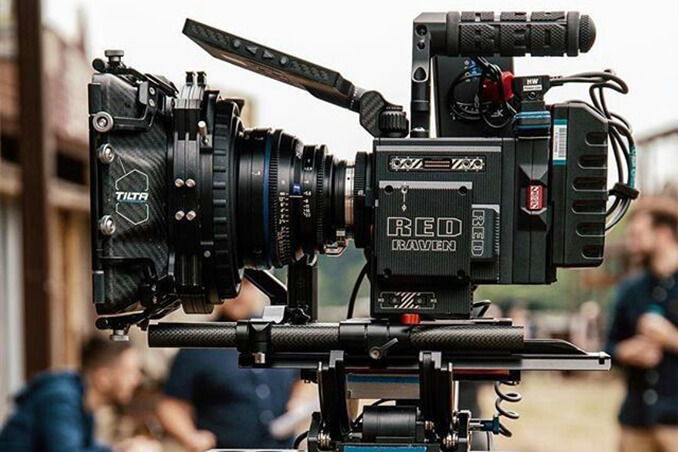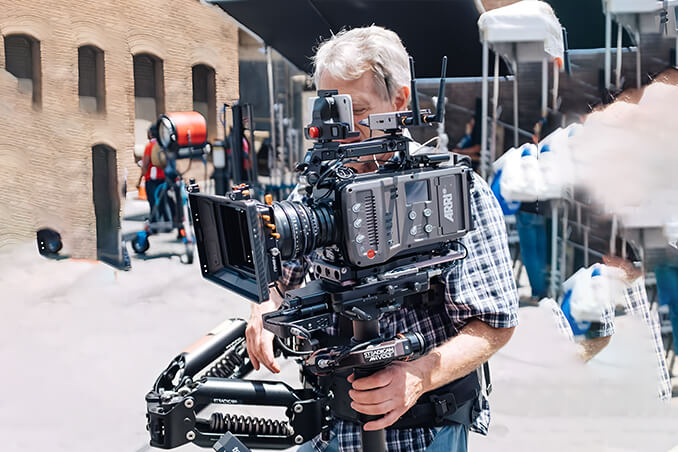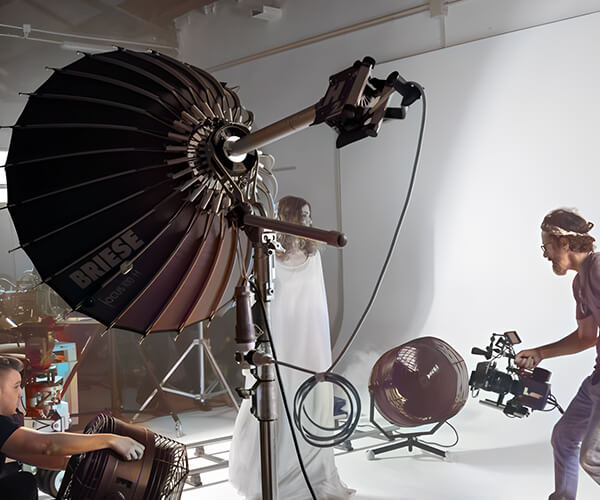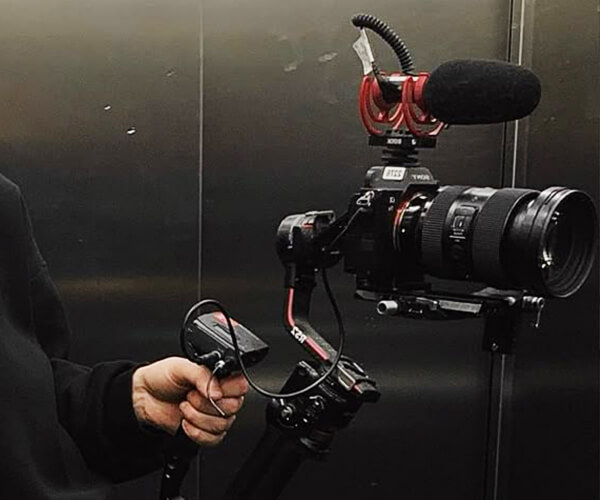CAMERAMAN
This checklist applies to product launches, exhibitions, performances, etc., defining videographers’ core responsibilities and operational standards across event phases to achieve efficient video production and creative execution.




Responsibilities of Event Videographers
1. Pre-event Planning & Equipment Setup
◆ Clarify video requirements (e.g., style, key segments, editing purposes) with
organizers, and draft shot lists and shooting plans.
◆ Test equipment (cameras, stabilizers, mics, monitors) and backups; ensure
sufficient batteries and storage.
2. Multi-camera Coordination & Dynamic Shots
◆ Use main camera for stage coverage, secondary cameras for audience
reactions, booth interactions, and backstage B-roll.
◆ Employ techniques (zooms, pans, tracking shots, time-lapse) to enhance
visuals; avoid shaky footage or crew interference.
3. Audio Capture & Sync
◆ Capture clean audio (speeches, music, applause) via external mics to minimize
ambient noise.
◆ Provide sync references for post-production (e.g., clapperboard marks,
timecode alignment).
4. Lighting Adaptation & Settings
◆ Adjust exposure, white balance, and frame rate dynamically to match stage
lighting changes.
◆ Use fill lights or high-ISO modes in low-light conditions to maintain clarity.
5. Contingency Handling & Gear Care
◆ Resolve technical issues swiftly (e.g., backup camera swaps, audio reboots) to
prevent coverage gaps.
◆ Manage files (dual-card backups, labeled clips) and transfer to drives/cloud
post-event.
6. Post-event Footage Organization & Rough Cut
◆ Organize footage chronologically/by segments, tag usable clips and rejects.
◆ Deliver rough cuts for organizer review, noting reshoot or VFX needs.
7. Collaboration & Compliance
◆ Coordinate with photographers and directors to avoid framing conflicts or
signal interference.
◆ Adhere to copyright rules (e.g., music licenses, image rights) and delete
unauthorized content.
Core Competencies
◆ Proficiency in multi-cam setups and editing tools (e.g., Premiere/Final Cut Pro)
◆ Audio-visual synchronization and sound editing skills
◆ Physical stamina for prolonged shooting and movement anticipation
◆ Creative shot composition and narrative sequencing
Notes
◆ Obtain venue power outlet maps pre-event to prevent tripping hazards.
◆ Discuss VIP shooting boundaries in advance to avoid intrusive close-ups.
◆ For international events, prepare multi-format power adapters and standards
converters (e.g., NTSC/PAL).
Note: For large events, assign roles (director-videographer-assistant): lead covers key moments, assistant manages backups and gear maintenance.